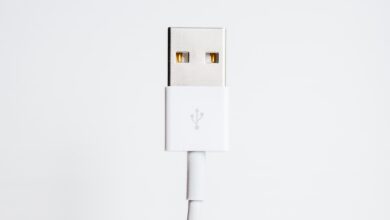
In today’s fast-paced world, it can be challenging for busy women to find moments of peace and clarity amidst their hectic schedules. However, achieving mental clarity is essential for overall well-being and productivity. This article explores various meditation techniques specifically tailored for busy women, offering practical tips on how to incorporate mindfulness into their daily lives. Discover how just a few minutes of dedicated meditation can help you find calm and focus, allowing you to navigate through your busy days with renewed clarity and purpose.
Understanding the Importance of Mental Clarity
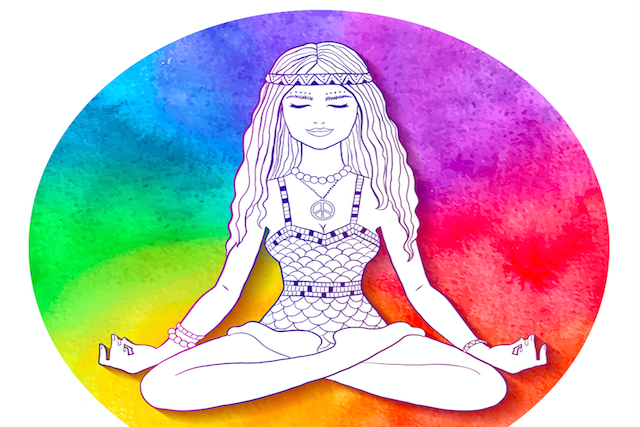
The Benefits of Mental Clarity
Mental clarity refers to a state of mind where you can think clearly, make decisions confidently, and focus on the present moment without being overwhelmed by distractions or stress. It is an essential element of overall well-being and can have a profound impact on various aspects of your life.
By achieving mental clarity, you can experience increased productivity, enhanced creativity, improved problem-solving skills, and better overall decision-making. It allows you to approach challenges with a clear and calm mind, enabling you to navigate through them more effectively. Furthermore, mental clarity can also lead to reduced stress levels, lower anxiety, and a greater sense of peace and contentment in your everyday life.
Challenges Faced by Busy Women
Busy women often find themselves juggling multiple responsibilities and commitments, from work and family obligations to personal goals and social engagements. This constant busyness can make it challenging to find time for self-care and mental well-being. As a result, it becomes crucial for busy women to find effective techniques to achieve and maintain mental clarity amidst the chaos of their lives.
Why Meditation is an Effective Tool
Meditation is a powerful practice that can help you cultivate mental clarity and regain a sense of inner calm and focus. It involves training your mind to achieve a state of deep relaxation and heightened awareness, allowing you to let go of distractions and promote a sense of peace within. Regular meditation practice has been scientifically proven to have numerous benefits for mental, emotional, and physical well-being.
Meditation can help reduce stress, anxiety, and depression by activating the relaxation response in your body. It helps regulate the body’s stress hormone levels, promoting a sense of tranquility and mental clarity. Additionally, meditation improves cognitive abilities and enhances focus and concentration, which can be particularly beneficial for busy women who need to stay on top of their numerous tasks and responsibilities.
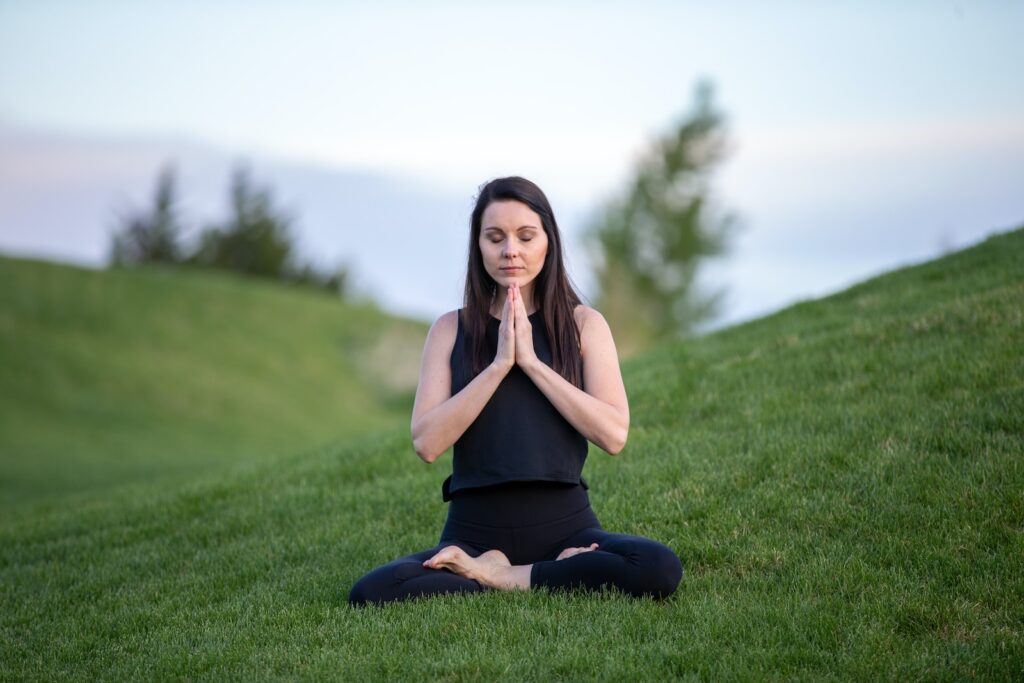
Different Types of Meditation Techniques
Focused Attention Meditation
Focused attention meditation involves concentrating your attention on a specific object, such as your breath, a mantra, or a candle flame. The goal is to train your mind to stay focused on the chosen object, and whenever your mind wanders, gently bring it back to the present moment. This type of meditation helps sharpen your concentration skills and develop mental discipline.
Mindfulness Meditation
Mindfulness meditation involves bringing your full attention to the present moment and observing your thoughts, emotions, and sensations without judgment. It is about cultivating a state of non-reactive awareness, allowing you to become more attuned to your inner experiences and external surroundings. Mindfulness meditation promotes self-acceptance, stress reduction, and overall emotional well-being.
Loving-Kindness Meditation
Loving-kindness meditation focuses on cultivating feelings of love, compassion, and goodwill towards yourself and others. It involves silently repeating positive phrases, such as “May I be happy, may I be healthy, may I be safe, may I live with ease,” and extending these wishes to loved ones, strangers, and even difficult individuals. Loving-kindness meditation helps foster kindness, empathy, and positive relationships in your life.
Mantra Meditation
Mantra meditation involves repeating a sacred word, sound, or phrase (mantra) to quiet the mind and induce a meditative state. The repetition of the mantra helps shift your focus away from everyday thoughts and towards a more peaceful and centered state of being. Mantra meditation can provide a sense of spiritual connection, stress relief, and deep relaxation.
Transcendental Meditation
Transcendental meditation (TM) is a specific technique that involves the use of a personalized mantra given by a certified teacher. During TM, you sit comfortably with your eyes closed and silently repeat the mantra, allowing your mind to naturally settle into a state of deep rest. TM is known for its effectiveness in reducing stress, promoting relaxation, and enhancing overall well-being.
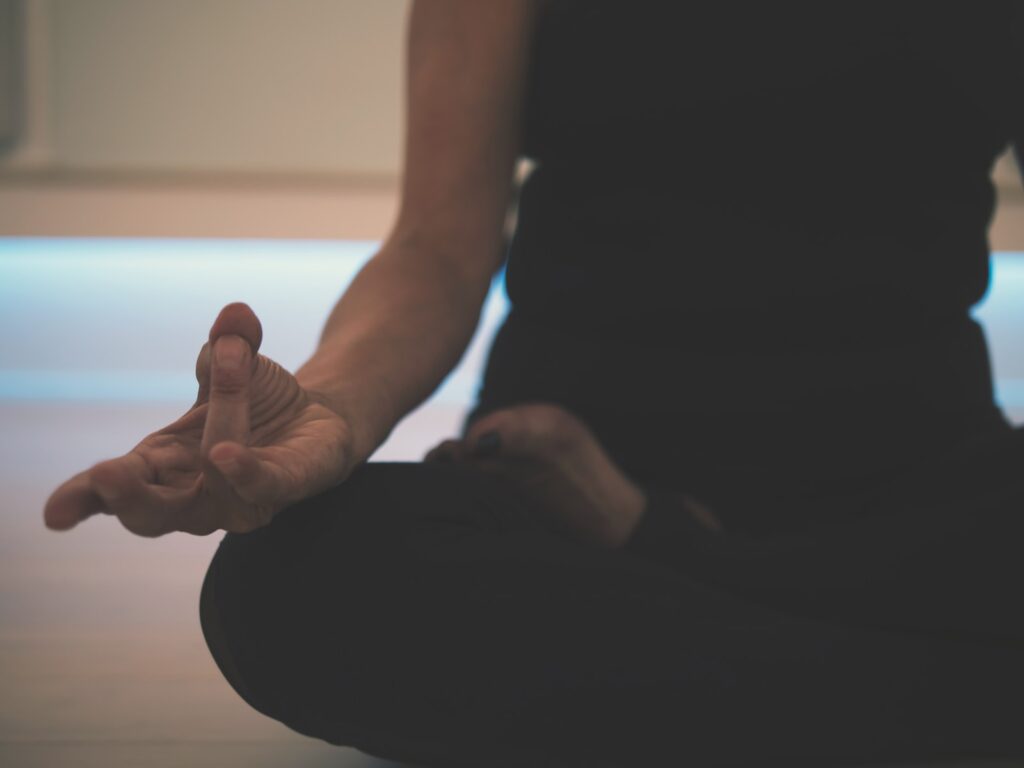
Choosing the Right Meditation Technique for You
Assessing Your Needs and Goals
When selecting a meditation technique, it’s essential to consider your specific needs and goals. Are you looking to reduce stress, improve focus, cultivate self-compassion, or enhance your spiritual well-being? Understanding your intentions will help you choose a technique that aligns with your desired outcomes.
Considering Your Lifestyle and Schedule
Your lifestyle and schedule play a significant role in determining the ideal meditation technique for you. If you have limited time, shorter meditation practices like focused attention meditation or mindfulness meditation can be easily incorporated into your daily routine. On the other hand, if you have more time and prefer longer sessions, techniques like transcendental meditation or mantra meditation may be more suitable.
Seeking Guidance From a Professional
If you’re new to meditation or unsure about which technique to choose, seeking guidance from a professional, such as a meditation teacher or mindfulness coach, can be highly beneficial. They can provide personalized recommendations based on your specific needs and guide you in establishing a meditation practice that suits you best.
Experimenting With Different Techniques
Meditation is a personal journey, and what works for one person may not work for another. Therefore, it’s important to experiment with different techniques to find the one that resonates with you. Try various meditation practices such as loving-kindness meditation or focused attention meditation, and pay attention to how each technique makes you feel. This way, you can discover a technique that you enjoy and that brings you the desired benefits.
Creating a Meditation Routine
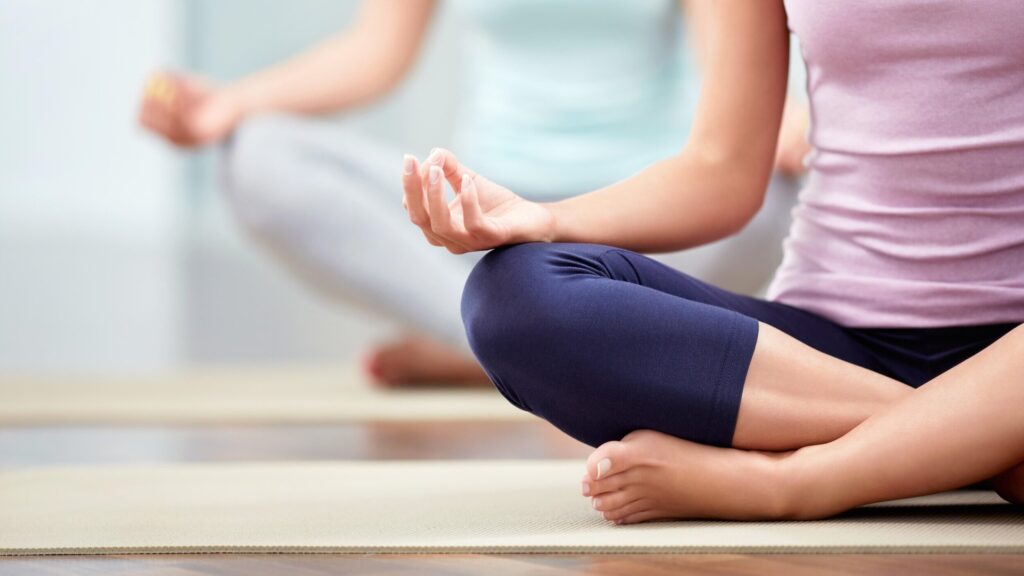
Setting Aside Dedicated Time
To establish a consistent meditation practice, it’s essential to allocate dedicated time each day for your meditation sessions. Whether it’s early in the morning, during your lunch break, or before bedtime, find a time that works best for you and commit to it. By treating meditation as a non-negotiable part of your daily routine, you’ll be more likely to stick with it and experience the full benefits.
Choosing a Quiet and Comfortable Space
Creating a peaceful environment for your meditation practice can significantly enhance your experience. Find a quiet and clutter-free space where you can sit comfortably without distractions. It could be a corner of your home, a dedicated meditation room, or even a serene spot outdoors. Make sure the space feels calming and allows you to fully immerse yourself in your meditation practice.
Establishing a Pre-Meditation Ritual
Creating a pre-meditation ritual can help signal to your mind and body that it’s time to transition into a meditative state. This could involve lighting a candle, taking a few deep breaths, or practicing a short stretching routine to relax your body. By consistently engaging in a pre-meditation ritual, you’ll create a sense of familiarity and ease that will support your meditation practice.
Utilizing Guided Meditation Apps
If you find it challenging to meditate on your own or prefer having guidance, utilizing guided meditation apps can be immensely helpful. These apps offer a wide range of guided meditations led by experienced teachers, catering to various needs and preferences. From beginners to advanced practitioners, guided meditation apps can provide structure, inspiration, and assistance in your meditation journey.
Tracking Your Progress
Monitoring your progress can be motivating and provide a sense of accomplishment as you continue on your meditation journey. Consider keeping a meditation journal where you can record your thoughts, experiences, and any noticeable improvements in your mental clarity or overall well-being. Reflecting on your progress can reinforce your commitment to the practice and inspire you to continue reaping its benefits.
Overcoming Common Obstacles
Dealing With Time Constraints
Finding time for meditation can be challenging, especially for busy women with packed schedules. However, it’s crucial to remember that even a few minutes of meditation can have a significant impact. Consider carving out small pockets of time throughout your day, such as during your commute or before a meeting, to engage in quick mindfulness exercises or breathing techniques.
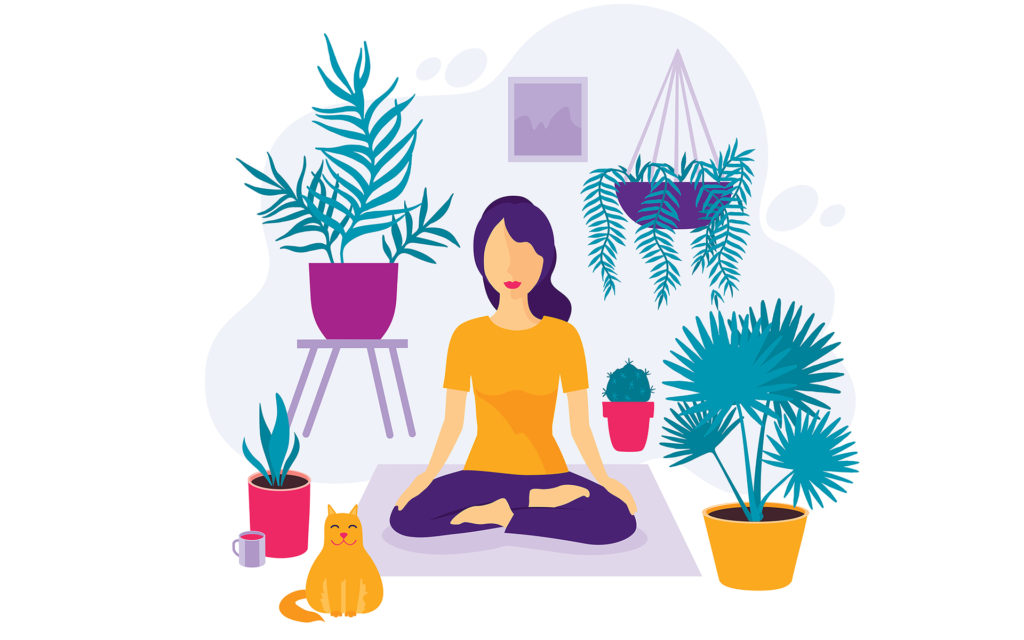
Managing Distractions and Interruptions
Distractions and interruptions are inevitable, but they need not hinder your meditation practice. When distractions arise, acknowledge them without judgment, and gently guide your focus back to your chosen meditation technique. Treat distractions as opportunities to practice compassion and non-reactivity, knowing that each moment of redirection is a valuable part of your meditation journey.
Finding Motivation and Consistency
Maintaining motivation and consistency in your meditation practice can be challenging at times. To stay motivated, remind yourself of the benefits you’ve experienced and the positive changes you’ve noticed in your life. Additionally, finding a meditation buddy or an accountability partner can provide support, encouragement, and gentle reminders to keep up with your practice.
Coping With Self-Doubt and Frustration
It’s natural to experience self-doubt or frustration during meditation, especially when you’re starting. Remember that meditation is a practice, and progress takes time. Instead of criticizing yourself for any perceived “failure,” approach each meditation session with an attitude of curiosity and self-compassion. Embrace the ups and downs of your meditation practice, knowing that every moment contributes to your growth.
Incorporating Meditation Into Daily Life
Integrating Mindfulness Into Everyday Activities
Meditation is not limited to formal sessions alone. You can integrate mindfulness into your everyday activities, turning them into opportunities for meditation. Whether you’re brushing your teeth, taking a shower, or eating a meal, bring your full attention to the present moment, noticing the sights, sounds, smells, and sensations associated with the activity. This simple act of mindfulness can bring a sense of calm and clarity to your daily life.
Finding Moments of Stillness in Chaos
Even amidst the chaos and busyness of life, it’s possible to find moments of stillness. Whether it’s taking a few deep breaths before responding to a stressful email or pausing for a mindful minute when transitioning between tasks, deliberately incorporating these small moments of stillness can help you stay centered and maintain mental clarity throughout the day.

Mindful Breathing During Stressful Situations
When faced with stress or anxiety, taking a few deep breaths can be a powerful tool for regaining composure and clarity. Practice deep diaphragmatic breathing by inhaling through your nose, allowing your abdomen to expand, and exhaling slowly through your mouth. This mindful breathing technique activates the body’s relaxation response, calming your nervous system and restoring mental clarity.
Incorporating Meditation Breaks Into Work Routine
No matter how busy your work schedule may be, finding moments to pause and meditate can boost your productivity and mental well-being. Consider incorporating short meditation breaks into your work routine, where you can step away from your desk, find a quiet space, and engage in a quick mindfulness exercise or a few minutes of focused attention meditation. These breaks can help you recharge, refocus, and approach your tasks with clarity and renewed energy.
Combining Meditation With Other Techniques
Yoga and Meditation
Yoga and meditation complement each other perfectly, as both practices cultivate mindfulness, body awareness, and inner stillness. Integrating yoga postures (asanas) with meditation can create a holistic mind-body experience, helping you develop mental clarity and physical well-being simultaneously. Consider joining a yoga class or exploring online resources that combine yoga and meditation for a comprehensive practice.
Journaling and Meditation
Journaling can be a valuable tool to supplement your meditation practice. After each meditation session, take a few minutes to reflect on your experience and capture any insights or observations in your journal. This process of self-reflection can deepen your understanding of your meditation practice and provide a space for processing emotions, gaining clarity, and fostering personal growth.
Visualization and Meditation
Visualization is a powerful technique that can be used in conjunction with meditation to enhance your mental clarity and manifestation capabilities. After establishing a meditative state, visualize yourself achieving your goals, experiencing joy, or overcoming challenges. Engaging in this visual imagery can fortify your intentions, increase motivation, and create a greater sense of clarity and purpose in your life.
Breathing Exercises and Meditation
Breathing exercises, such as box breathing or alternate nostril breathing, can be integrated into your meditation practice to deepen relaxation and promote mental clarity. These techniques involve regulating your breath to activate the body’s relaxation response, calm your mind, and enhance your overall meditation experience. Experiment with different breathing exercises and find the ones that resonate with you.

Seeking Community and Support
Joining Meditation Groups or Classes
Being part of a meditation group or attending meditation classes can provide a sense of community, support, and motivation. It allows you to connect with like-minded individuals who share similar interests and goals in their meditation journey. Whether in-person or online, meditation groups and classes provide a safe space for learning, sharing experiences, and receiving guidance from experienced teachers.
Connecting with Like-Minded Individuals Online
In addition to physical meditation groups, online platforms offer a vast array of opportunities to connect with like-minded individuals. Join online meditation communities, forums, or social media groups where you can share your experiences, seek advice, and engage in discussions with others on the same path. These virtual communities can offer valuable support and inspiration, especially if you have limited access to local meditation groups.
Finding a Meditation Buddy or Accountability Partner
Having a meditation buddy or accountability partner can significantly enhance your commitment and progress in meditation. Find someone with similar goals and aspirations, and embark on the meditation journey together. You can share your experiences, practice together, and hold each other accountable, increasing motivation and fostering a deeper sense of connection and support.
Troubleshooting and Overcoming Challenges
Dealing With Restlessness and Racing Thoughts
Restlessness and racing thoughts are common challenges faced during meditation, especially for beginners. When confronted with restlessness, remind yourself that it’s a normal part of the process, and gently guide your attention back to your chosen object of focus. Cultivating patience and repeatedly bringing your focus back to the present moment will help calm your mind and reduce restlessness over time.
Addressing Physical Discomfort or Pain During Meditation
Physical discomfort or pain can arise during prolonged sitting meditation sessions. It’s essential to prioritize your physical well-being and make necessary adjustments to ensure comfort. Experiment with different sitting positions or consider using supportive cushions or chairs. If discomfort persists, explore alternative meditation techniques that involve gentle movement, such as walking meditation or yoga.
Fostering Self-Compassion and Patience
Meditation is a practice that requires patience, self-compassion, and a non-judgmental attitude. Be gentle with yourself and acknowledge that progress may not always be linear. Rather than expecting instant results or perfection, approach each meditation session with curiosity and an open mind. Cultivating self-compassion and patience will allow you to embrace the ebb and flow of your meditation practice and foster long-term growth.
Adapting Meditation Techniques as Needed
It’s important to remember that meditation techniques are not one-size-fits-all. As you progress in your practice, you may find that certain techniques no longer resonate with you or meet your evolving needs. Be open to adapting and exploring different meditation styles and approaches. Trust your intuition and allow your practice to evolve and grow organically, ensuring that it remains an enjoyable and fulfilling part of your life.
Embracing the Transformative Power of Meditation
Developing a Deeper Self-Awareness
Meditation helps cultivate self-awareness by allowing you to observe your thoughts, emotions, and patterns of behavior without judgment. As you consistently engage in meditation, you’ll develop a greater understanding of yourself, your reactions, and your desires. This heightened self-awareness empowers you to make conscious choices, cultivate positive habits, and lead a more authentic and fulfilling life.
Improving Focus and Concentration
One of the primary benefits of meditation is its ability to improve focus and concentration. By training your mind to stay present and anchored, you become better equipped to direct your attention and sustain focus on tasks at hand. As a result, you’ll experience increased productivity, improved memory, and enhanced performance in various areas of your life.
Reducing Stress and Anxiety
Regular meditation practice has been extensively proven to reduce stress and anxiety levels. By activating the body’s relaxation response, meditation helps regulate stress hormones and induces a state of deep relaxation. This natural reduction in stress and anxiety promotes mental clarity, emotional well-being, and a greater sense of calm in your everyday life.
Enhancing Overall Well-Being
Meditation has a holistic impact on your overall well-being. By calming the mind, reducing stress, and fostering self-awareness, it positively influences various aspects of your life, including your relationships, work performance, and physical health. The transformative power of meditation extends beyond the moments of practice, enriching your entire existence and allowing you to live with greater intention and fulfillment.
Incorporating meditation into your daily routine may initially require some effort and discipline, but with time and consistency, it can become a profoundly valuable and enriching practice. Regardless of your busy schedule or the challenges you may face, remember that mental clarity is within your reach. By exploring different meditation techniques, finding what works best for you, and embracing the transformative power of meditation, you can cultivate inner peace, clarity, and well-being in your life as a busy woman.




